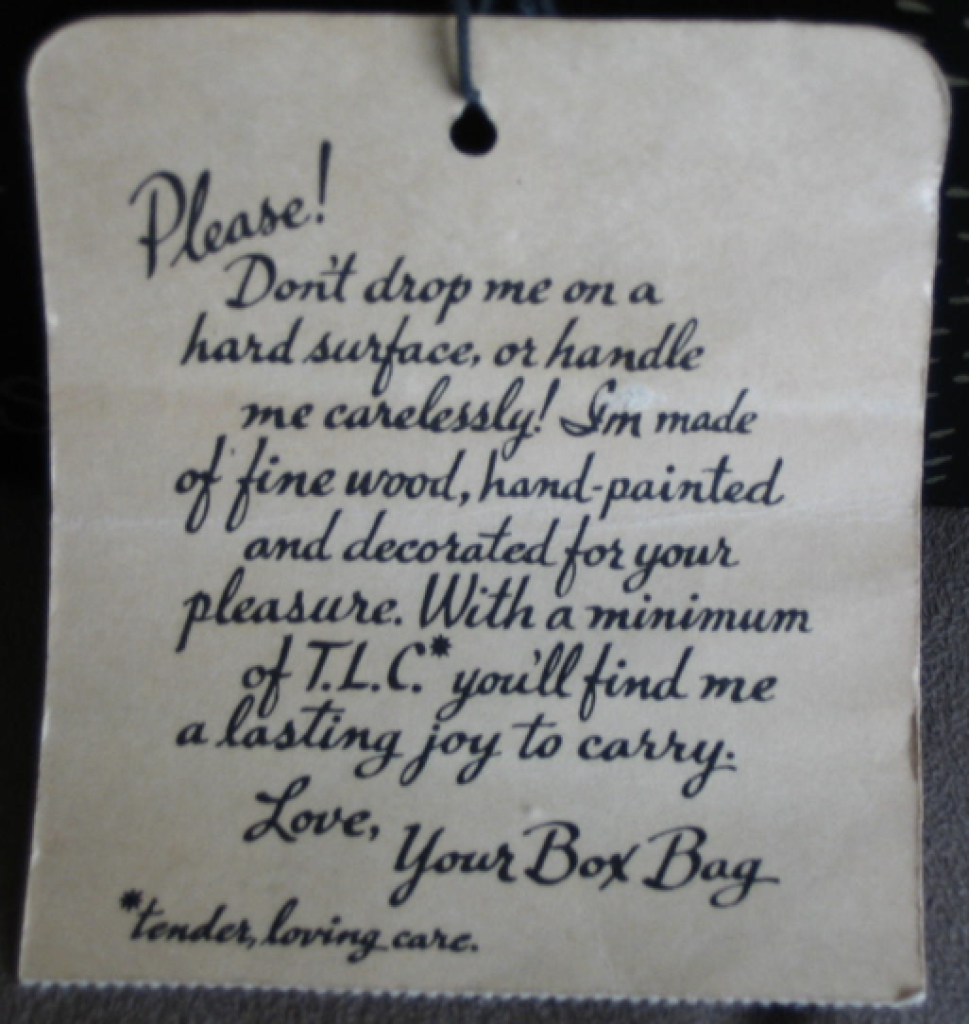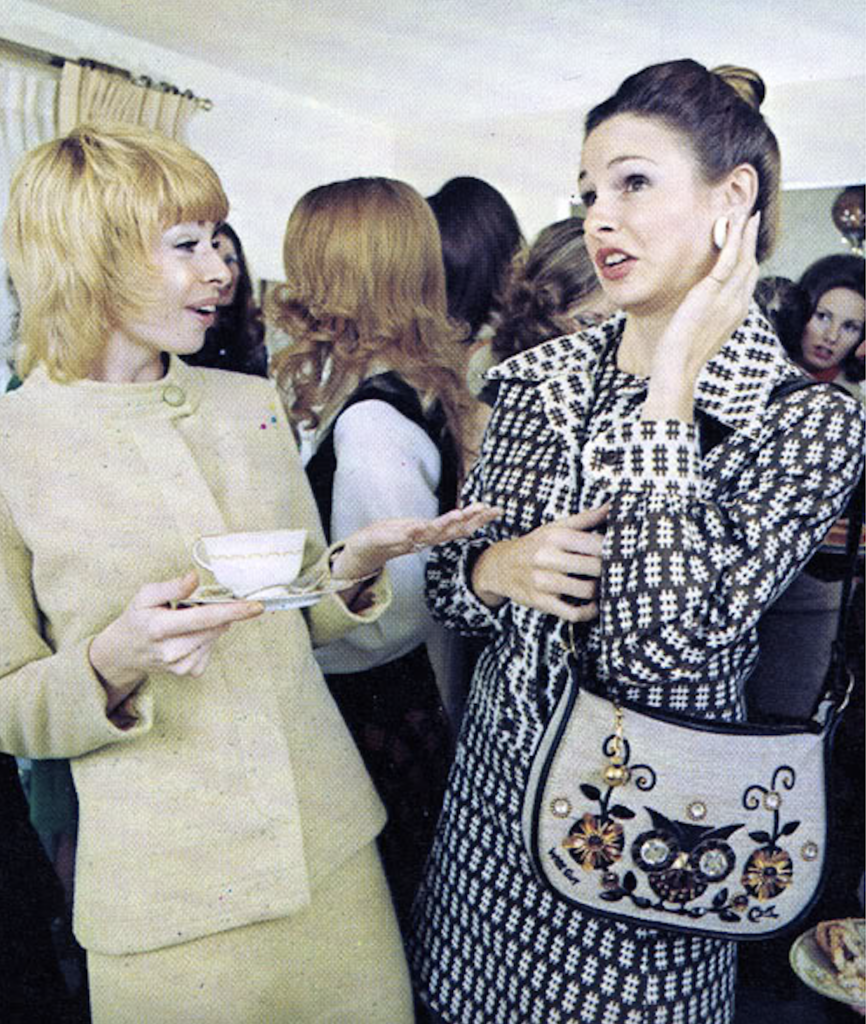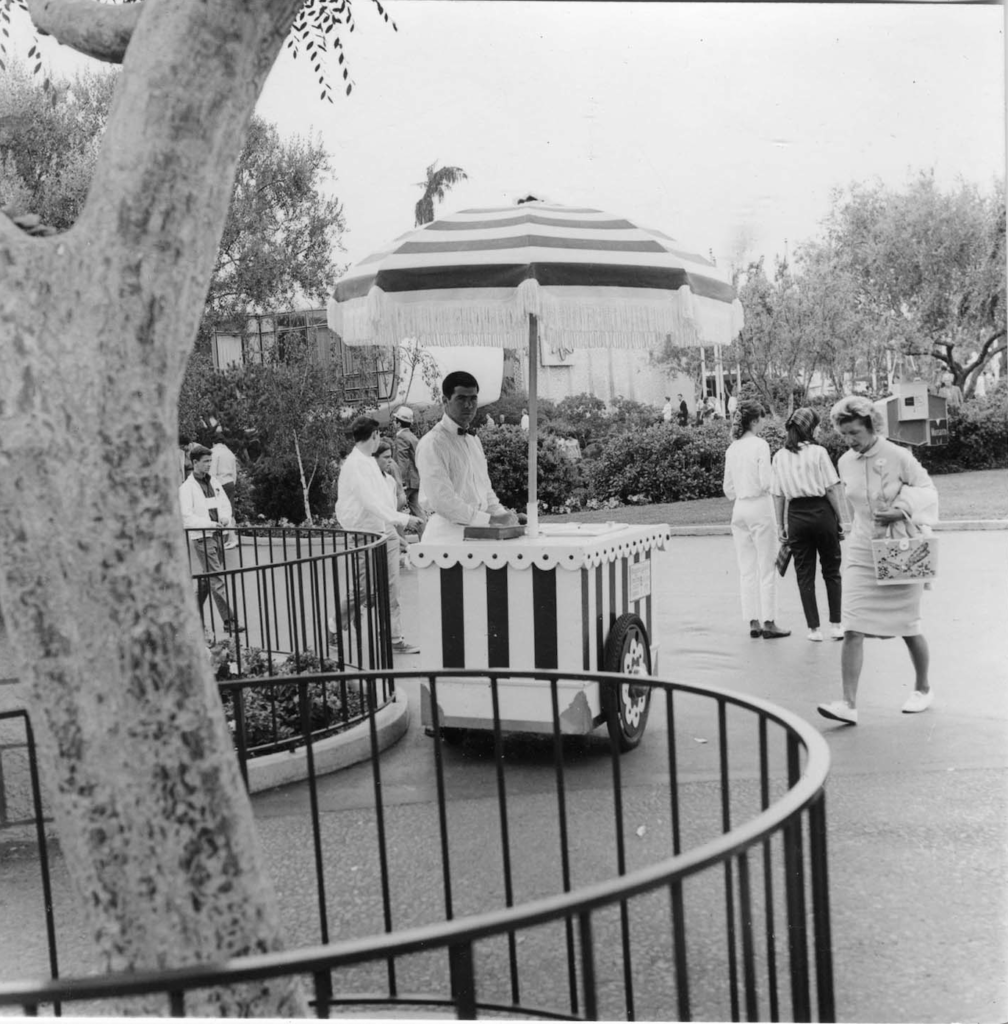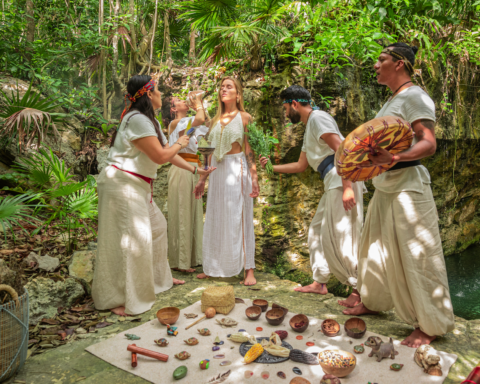Most self-described fashionistas are well in tune with the rhetoric of style: what you wear can give unlimited insight into who you are. In this retrospective piece on Texas purse designer Enid Collins, our Lance Avery Morgan discovers that nothing says more about a woman’s stylish personality than her handbag.
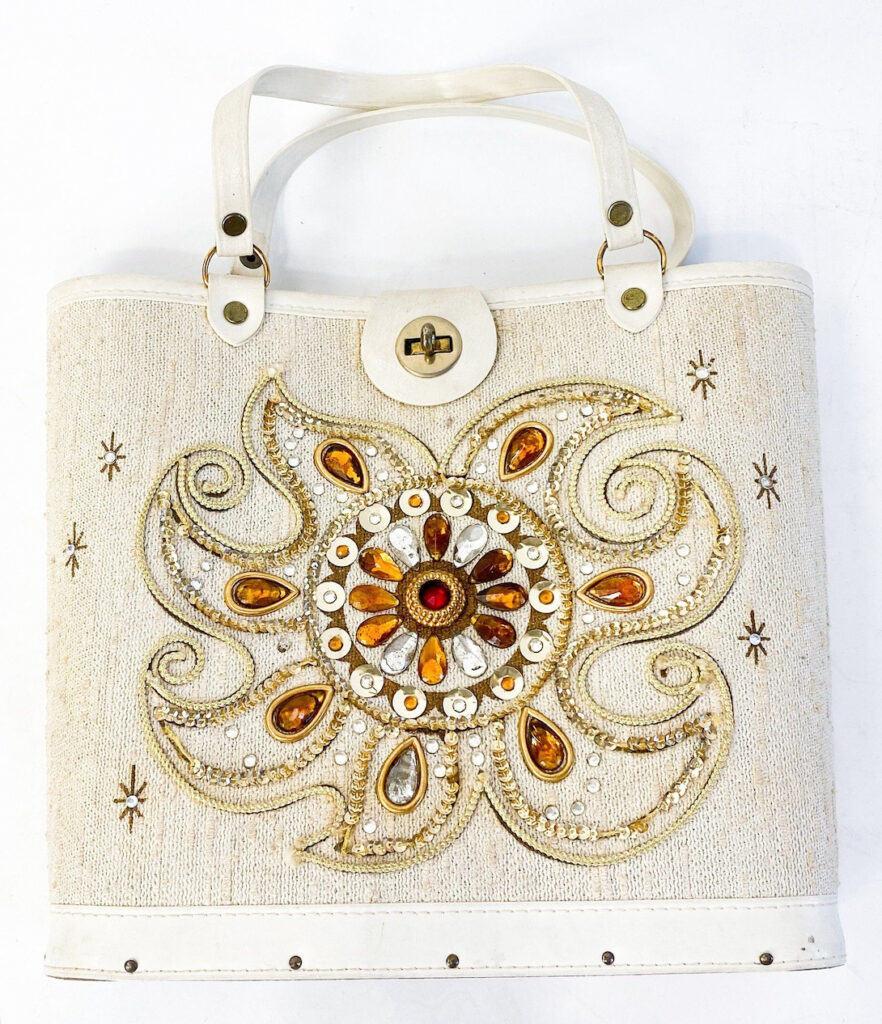
HANDBAG GLAM
An unwritten hierarchy exists in the satchel sphere, with highly coveted heavyweights like the fabled Birkin bag or gold-chained Chanel 2.55’s reigning supreme over their more mortal lambskin and suede counterparts of Miu Miu, Marc Jacobs and Mulberry that line the shelves at your favorite luxe retailer. These labels, while scoffed at by critics today who think of them as much too conspicuous evidence of our consumerist culture, were formally known at their most innocent level: simply an artist’s signature. Central Texas-based designer and artist, Enid Collins exemplified this practice, literally signing her initials onto each hand-made work of art produced in her small Medina, Texas handbag haven in the 1960s. They went beautifully in the world of sheath dresses and bouffant hairdo’s.
While the practice of labeling handbags has refined since Collins’ heyday, her inscription, along with other artful design elements, allow her pieces to serve as artifacts of a seemingly by-gone era of fun in fashion. How refreshing would it be to see Alexander Wang’s autograph scribbled on the corner of one of his duffles? The clone-like bags of today represent a sort of unattainable perfection evident in all aspects of a woman’s image, while Collins’ quirky designs injected a more special, one-of-a-kind sentiment during the creative Peacock Revolution of the ‘60s, when women experimented with fashion for the joy of being unique and the sheer fun of dressing up in occasion appropriate clothing.
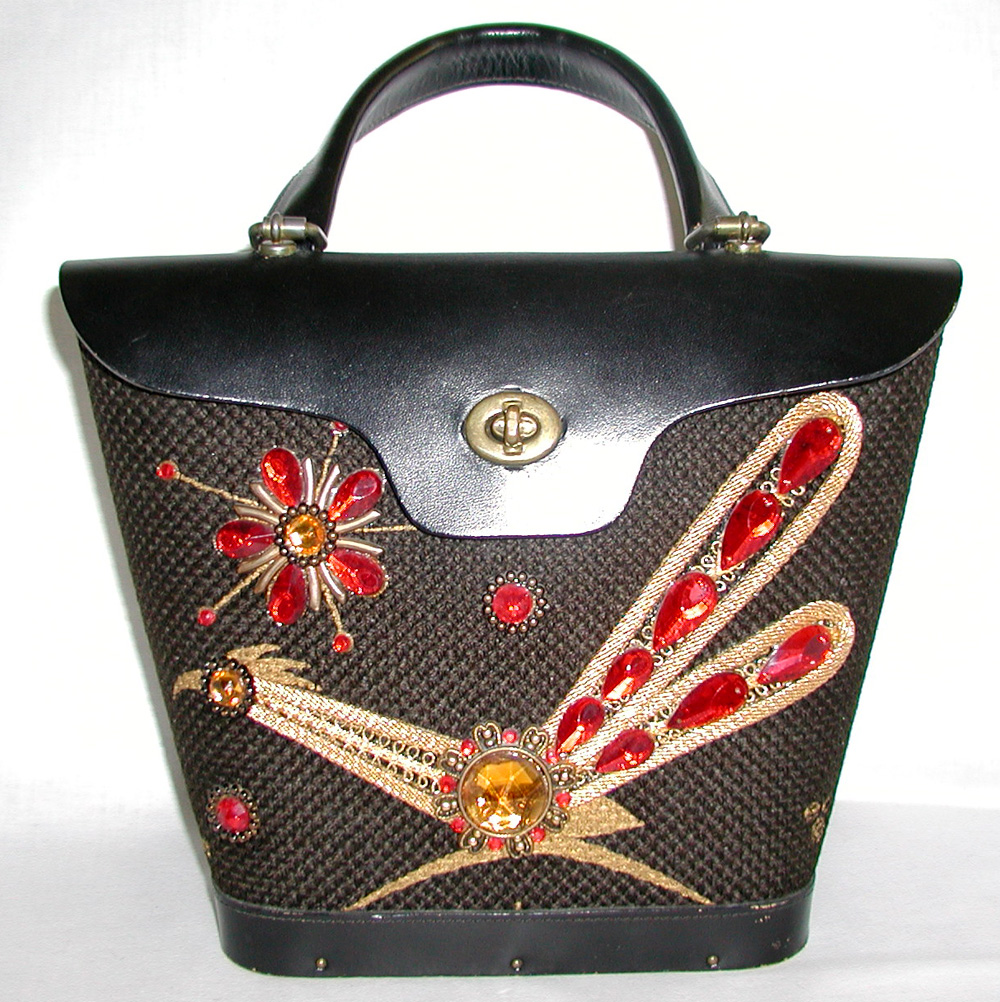
Decidedly more kitsch than couture, Collins’ screen printed motifs included retro illustrative figures like cats, owls, and flora that would feel right at home in a menagerie with the Partridge Family bird. Not held back by the restrictions of modern day bag designers that cater to their lap-top-toting, multi-tasking clientele, the San Antonio native experimented with dainty three-dimensional embellishments like sequined studs, pearls, and faceted crystals. The design’s name, such as Pink Poppy Cats or Night Owls fancifully scrawled across the face of the bag, along with excess glue peeking around the edges of rhinestones only bolster the now vintage treasures’ hand-made traits stand out amongst a sea of flawless contemporary bags that have little to no tangible personality.

STYLISH ROOTS
Along with her husband, sculptor Frederic Collins, the innovative artist started the company in 1959 by crafting a humble line of attachés made from canvas and fine leather. Understated when compared to her later designs, the earlier pieces were no less hip. The neutral colored suede, pebble, and even ostrich carry-alls showcased Mr. Collins’ handiwork with brass ornaments in the shapes of foliage, thunderbirds, and other fowl. Some designs featured nature-inspired suede appliqués and rustically charming embroidery. Fit for stylish prototypes of the time, these first few models definitely rival any 21st century casual hobo bag. They were intended to be fun– something sophisticated for the supermarket, yet they’ve grown in stature as collectibles.
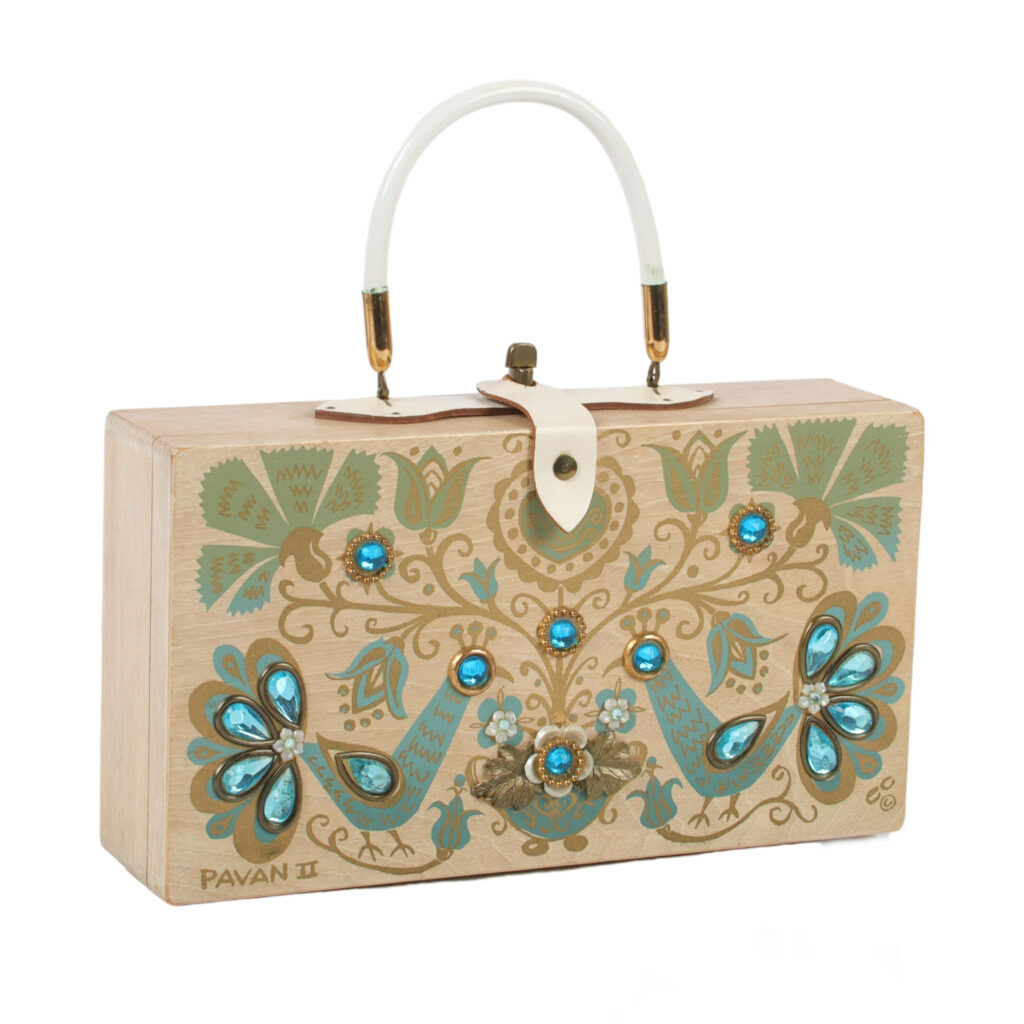
In 1963, the duo began experimenting with what would become the staple design in their burgeoning catalog: the wooden box. Complete with latches, handles and hinges, fashioned by Mr. Collins of course, the simple surface of the bags provided the perfect backdrop for Enid’s figures and frills. For a more modest fee than the leather pieces, buyers could purchase a unique piece bearing a tag that could have been written by the artist herself. Pleading, “Please don’t drop me on a hard surface, or handle me carelessly!” the personifying tickets assured their lucky owners that they had acquired something truly special: “I’m made of mahogany, hand-painted and decorated for your pleasure. With a minimum of T.L.C. you’ll find me a lasting joy to carry.” Each purse was named, and most are whimsical like You’re The Apple of My Eye, Glitter Bug, Money Tree, Signs of Spring and Les Fleurs, to name a few. Does it get any more charming than that, we wonder?
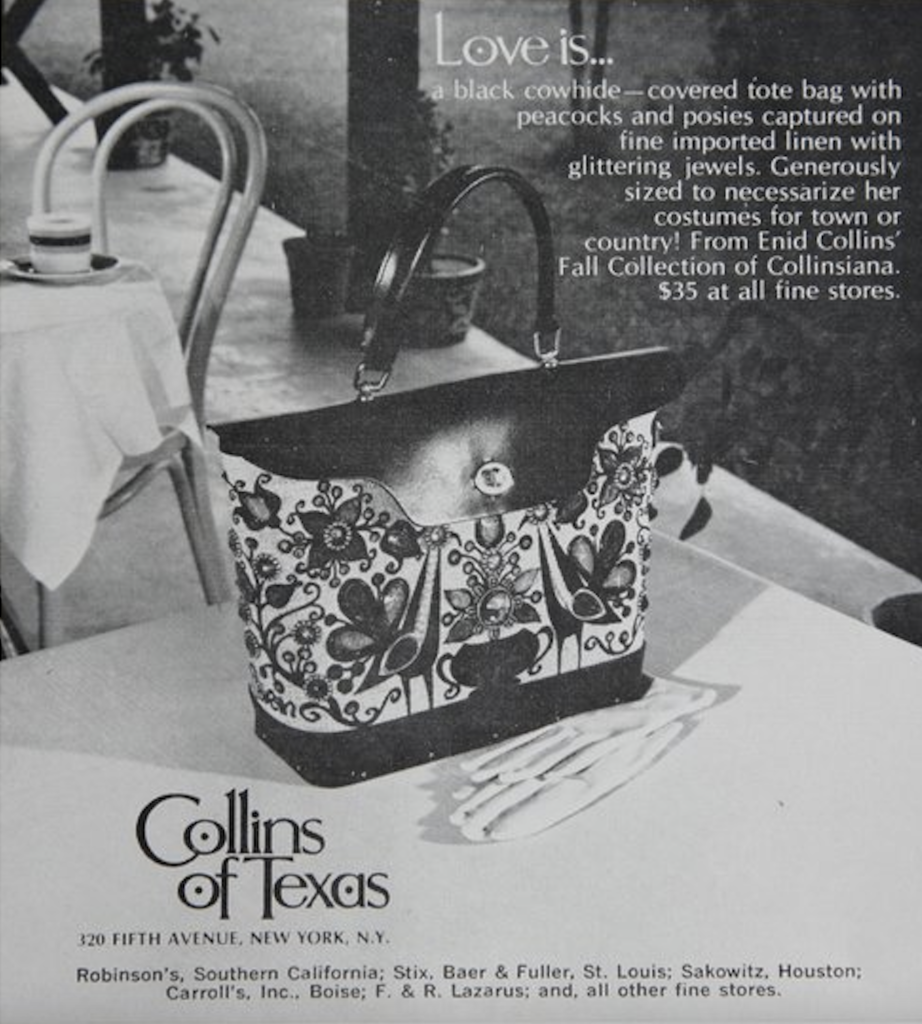
With a little help from a formidable Neiman Marcus order back then, and other retail partnerships, the Enid Collins bags quickly became must-have accessories amongst trendy Texan ladies. Ads appeared in The New Yorker, Vogue, and other top magazines of the ear. Naturally, the line expanded, growing to include the sought after paper mâché pieces produced at the Puerto Rico factory built in 1966 to accommodate the bags’ unprecedented demand. Do-it-yourself “Sophistikits” were introduced to let creative consumers get in on the bedazzled action. Eventually, the line was sold to the Tandy Corporation, which continued the designs into the early ‘70s without the visionary insight of the original creators.

CREATIVELY COLLECTIBLE
While the demand for the brand has been tempered, the Collins’ creations live on as retro antiques lusted after by a new crop of Insta hipsters and true fashion insiders. They can go from $35 to well into the hundreds. To an avid collector of Collins bags, the purse signatures are also important. It turns out that the earliest box bags are fully signed under the Enid Collins name and are often dated by year. Many bags are also signed “ec” or simply with a small “c” – which represents the years in which Enid Collins owned the company. Bags tagged with a capital “C” or “Collins Of Texas” are the ones that Tandy later produced.
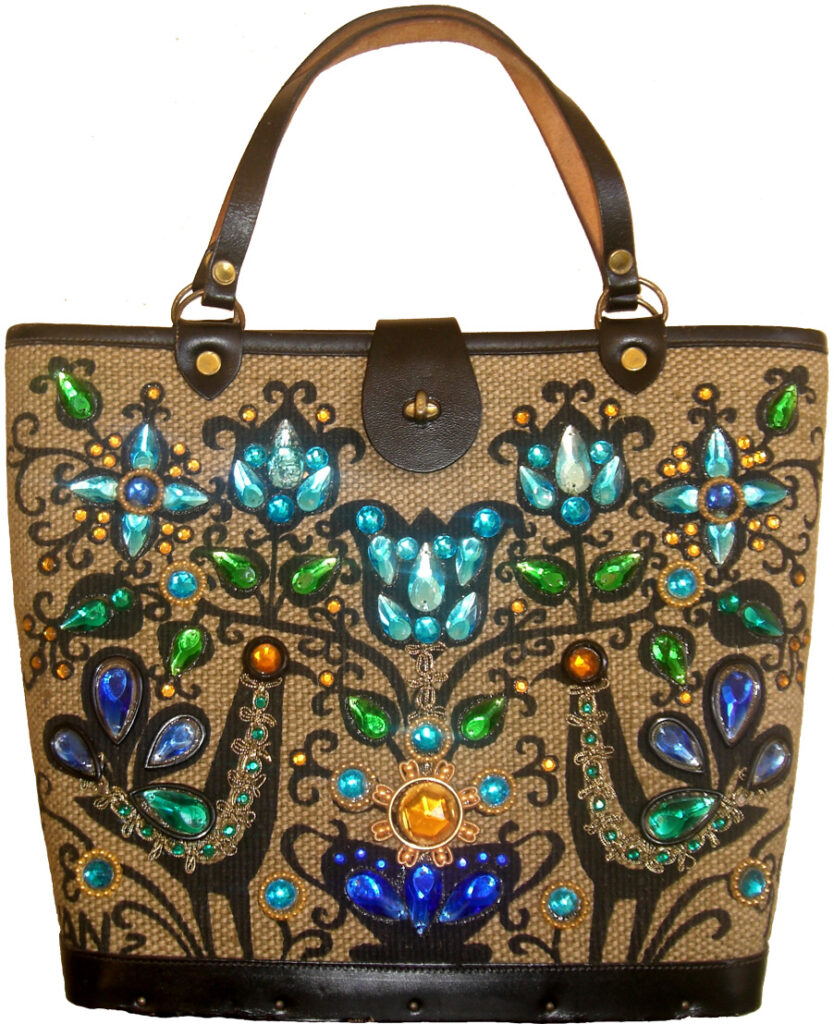
As handfuls of cool-girl blogs continue to crop up, posting entries praising the dreamy handiwork of Collins collectables are prevalent. Instead of mothers living vicariously through their daughters, we see a role reversal of fresh 20 and 30-somethings embracing the novelties of the ‘60s, accumulating hand-made treasures of the past as a sort of escapist reaction to today’s more serious status quo. Ms. Collins would be proud to see the rediscovery of her brainchild.
